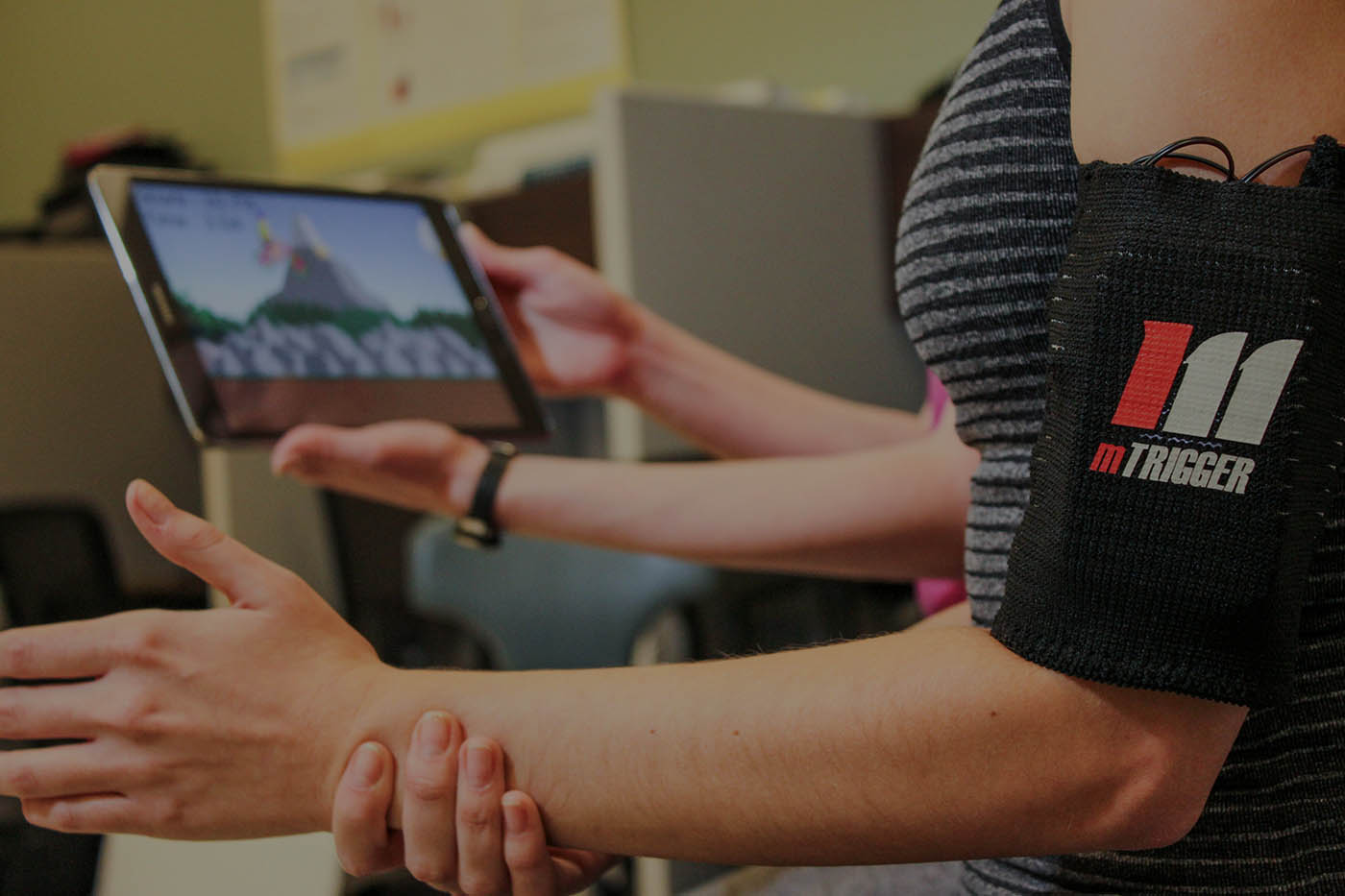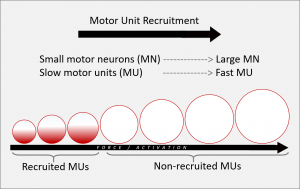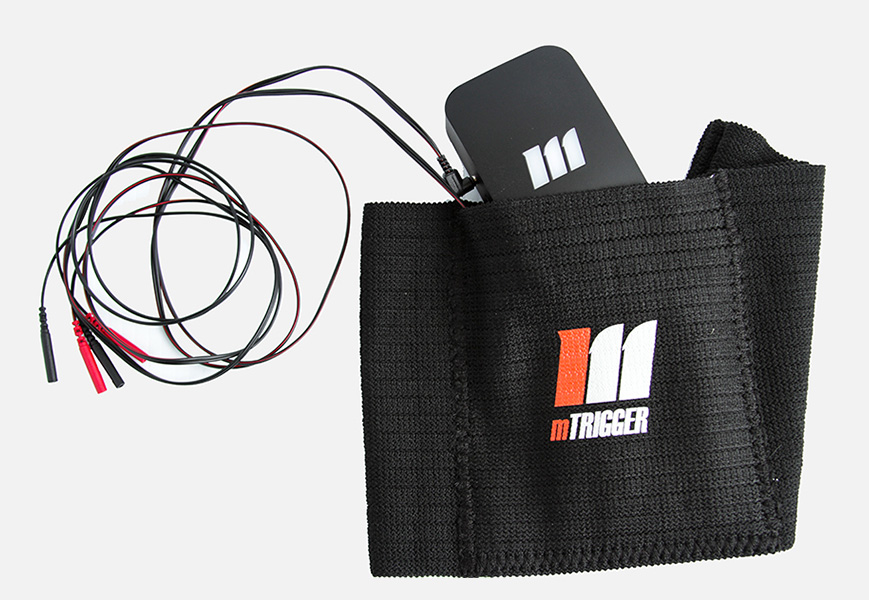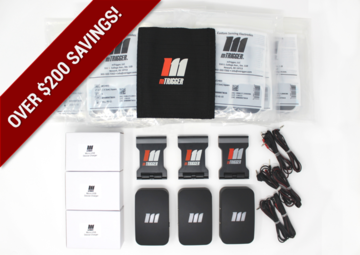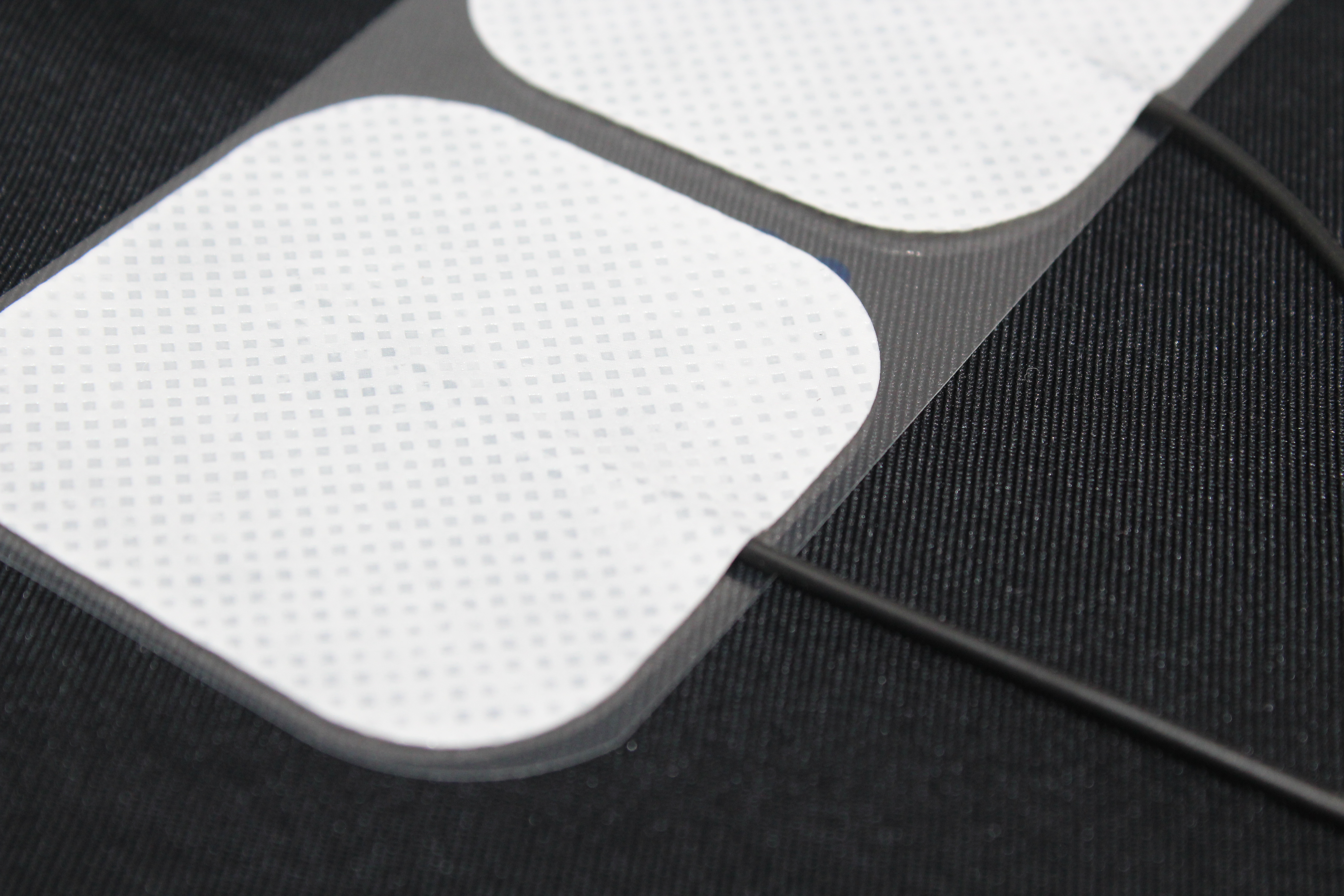The Basics
The mTrigger® Biofeedback System uses surface electromyography (sEMG) instrumentation to measure the electrical activity produced by targeted muscle groups during therapeutic exercise. Decreased EMG activity and neuromuscular control inhibit patients’ ability to regain pre-injury functionality. The primary rationale for the use of biofeedback in physical therapy is that monitoring voluntary muscle activation improves accuracy and quality of performance and helps patients make faster progress. When patients begin to use their own electrical system early on through volitional contraction, they gain both motor control and strength, as well as re-educate the neuromuscular pathway. By communicating muscle activity in real time, biofeedback enables the reacquisition of pre-injury performance.
The Problem
However it presents clinically, most people in physical therapy for musculoskeletal or orthopedic concerns are there due to inhibition. Inhibition is a lack of volitional contraction caused by post-injury or post-surgery effusion, pain, swelling, etc. As a result of inhibition, atrophy can occur, which has numerous negative effects, including weakness, asymmetry, avoidance patterns, and increased re-injury risk. Combating inhibition and atrophy is critical to making the strength and neuromuscular control gains that get patients back to functionality. Compensation (activity in a co-contracting muscle that is not the target muscle but can assist in the performance of particular exercises) and inability to control resting tone/tension also impacts rehabilitation goals.
The Solution
Reversing inhibition via voluntary contraction helps to “wake up” the neuromuscular pathway and attack neuromuscular deficits that follow surgery or injury head-on.
The concept known as order of recruitment is based on Heinemann’s Size Principle, which states that under load, motor units are naturally recruited from smallest to largest. In practice, this means that Type I muscle fibers (slow-twitch, low-force, fatigue-resistant, small diameter) are naturally activated before Type II muscle fibers (fast-twitch, high-force, less fatigue-resistant, excitable, large diameter). Since muscle atrophy predominantly affects Type I fibers (Mechanisms for fiber-type specificity of skeletal muscle atrophy; Muscle type and fiber type specificity in muscle wasting), recruitment thereof is critical to reverse the effects of muscle inhibition and atrophy. When using EMS (electronic muscle stimulation), all nerve fibers are stimulated simultaneously. This does not allow for the natural order of motor unit recruitment to take place, and thereby misses the opportunity to rebuild the neuromuscular pathway in a manner reflective of activity in a healthy muscle. Alternatively, a biofeedback interface like that in the mTrigger system provides real-time audiovisual feedback of a patient’s volitional contraction, encouraging maximum volitional contraction (MVC) and allowing for a temporal and spatial understanding of activation. Biofeedback thus improves accuracy and muscle learning with every rep. By contracting strongly and accurately, re-education of the entire neuromuscular pathway is achieved, and patients and therapists have a better understanding of neuromuscular control. Biofeedback can also be used to address relaxation or intentional inhibition training when there are muscles that are being activated too much during certain exercises. The basic tenets of order of recruitment support the use of biofeedback to facilitate the performance of volitional contractions and improve the efficacy of therapeutic exercise.
Solution in Action
When using the mTrigger Biofeedback System, the clinician sets the MVC goal for the inhibited muscle 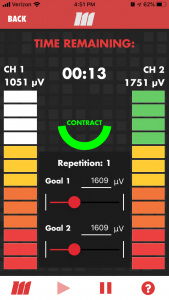
The mTrigger Biofeedback System offers incredible versatility. With lower extremity, upper extremity, trunk, pelvic, and hand applications, any muscle group accessible via sEMG is accessible with mTrigger. Suitable for isometric, dynamic, and functional exercises alike, the mTrigger Biofeedback System has applications from pre- and post-op assessment to return to play. Get back to play, back to life with the mTrigger Biofeedback System.
The mTrigger Biofeedback System is priced significantly below competitors who offer EMG-based biofeedback. At just $449 for the Individual Unit and $1250 for the Clinical Bundle (3 units), it’s certainly a bang for your buck! By simplifying the hardware, removing e-stim, and creating an interface via mobile app, we’ve been able to pass significant savings on to our customers.
And versatility makes mTrigger not just inexpensive, but highly valuable to your clinic and patients. A $400 investment to improve accuracy and performance for the work you and your patients already do? Now that’s a no-brainer.
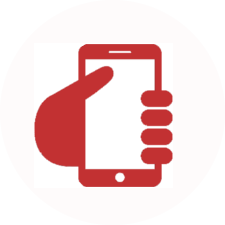
Let’s face it – phones and tablets take up the majority of our screentime these days. So if everyone’s carrying one around in their pocket, why not put it to work? mTrigger’s mobile app is free and works across phones, tablets, and operating systems (available on Android & iOS).
All interactions – Settings, Training, Tracking, Gaming – take place on a mobile phone or tablet, making it easy for you to customize your programs and even easier for patients to connect in real time with the feedback they receive.
When you’re in the business of encouraging voluntary contraction, you’re in the business of getting patients engaged – physically AND mentally – in what they’re doing.
While there is undoubtedly a place for passive treatments like manual therapy and e-stim (NMES) in the therapeutic toolbox, we are firm believers in activating a patient’s internal electrical system as early as possible. This allows us to make the most of neuromuscular re-education from the very beginning, and helps patients to gain and maintain the neuromuscular control that is critical to return to function.

